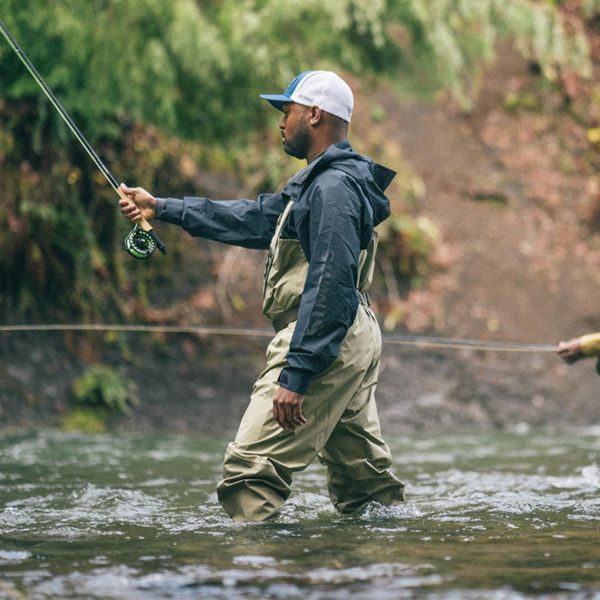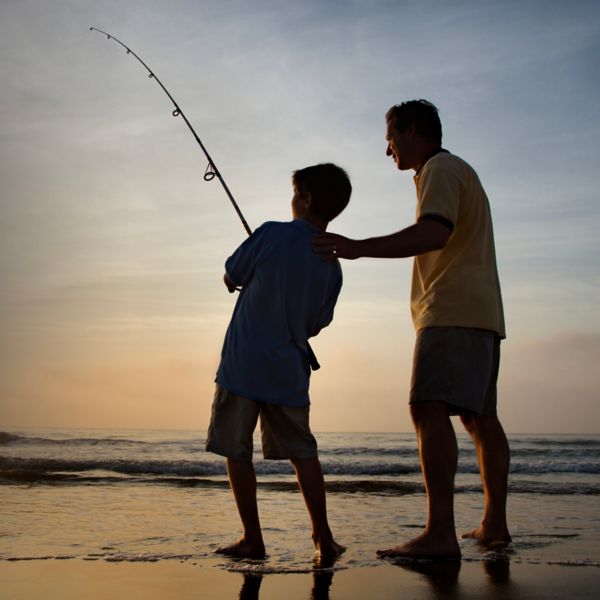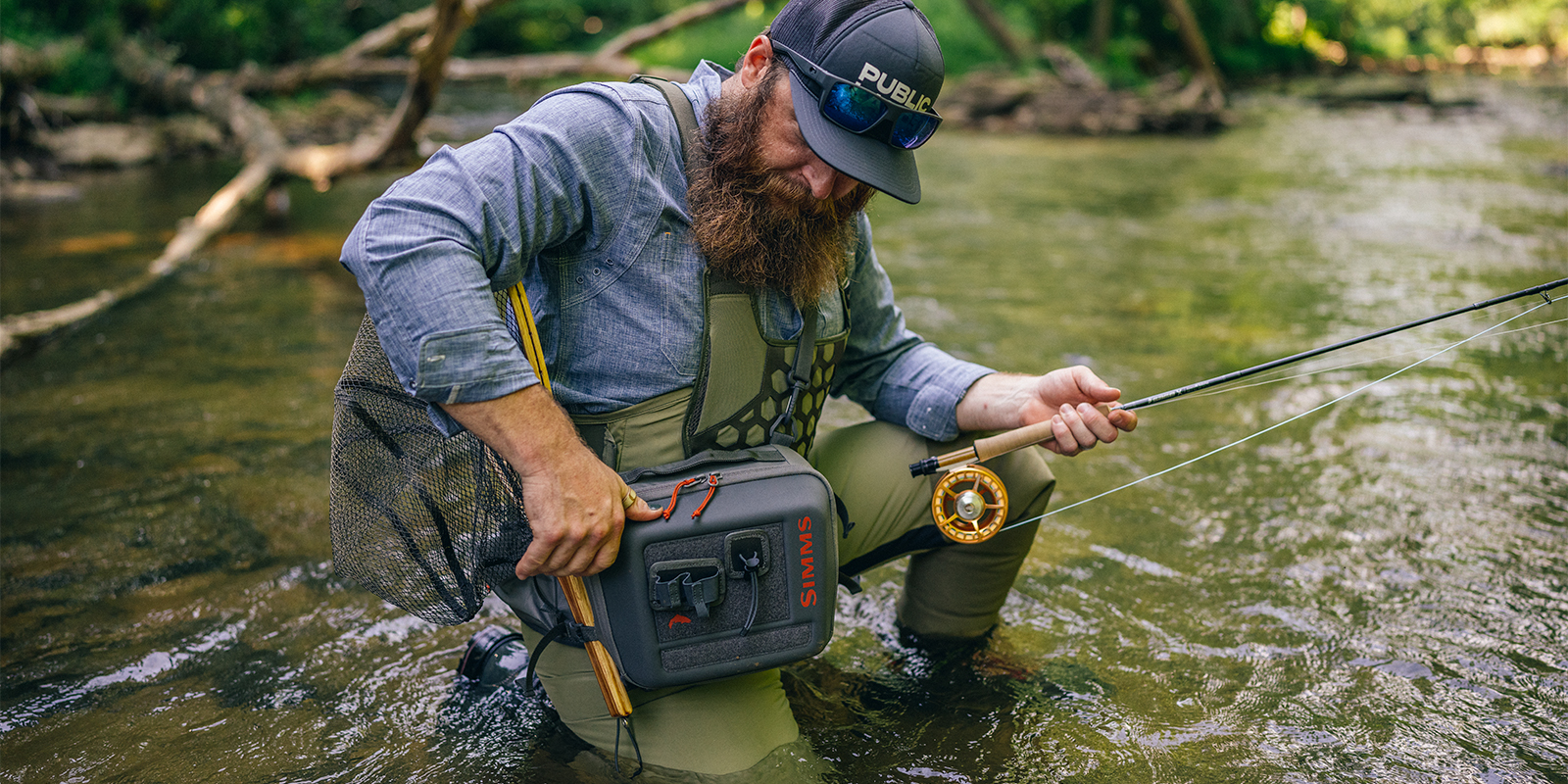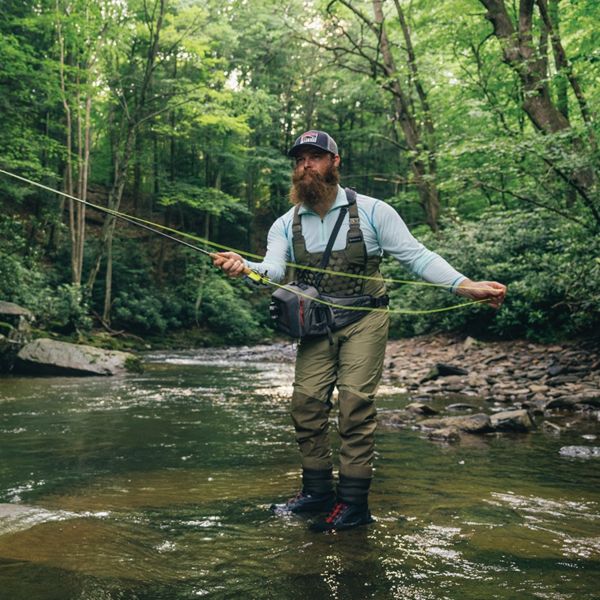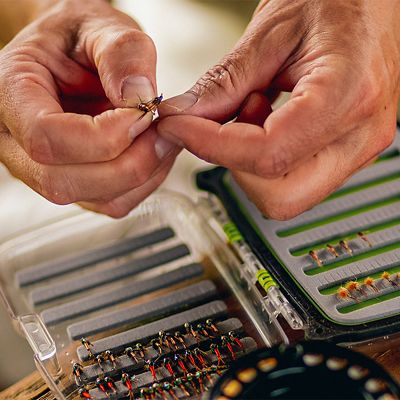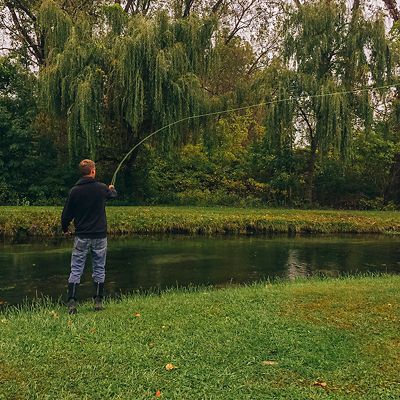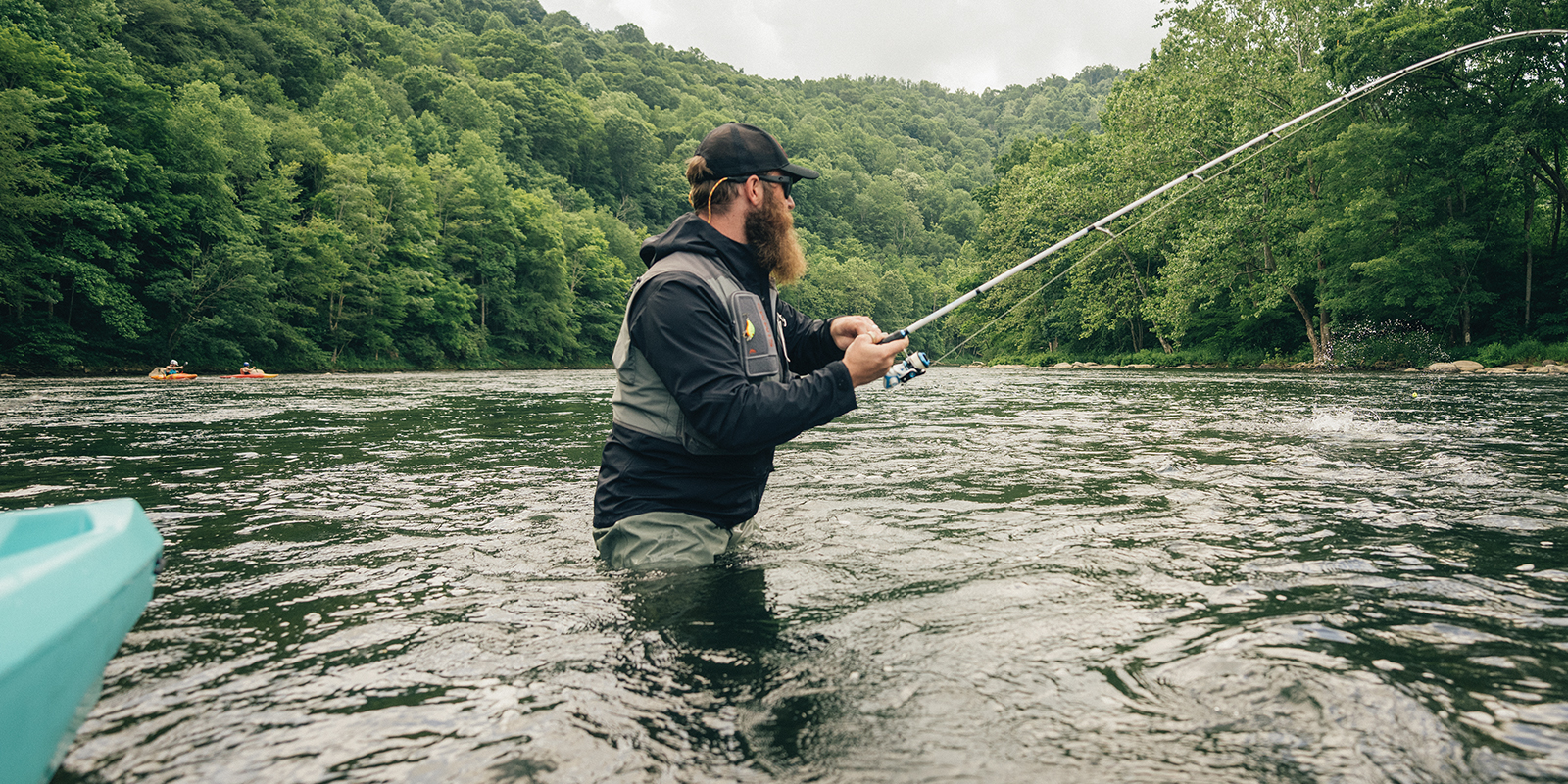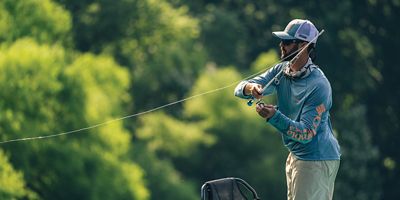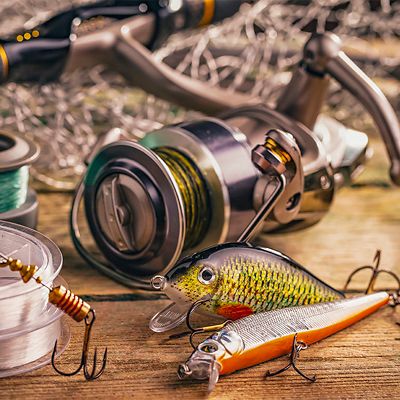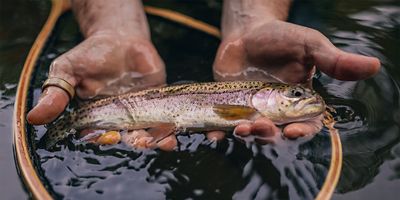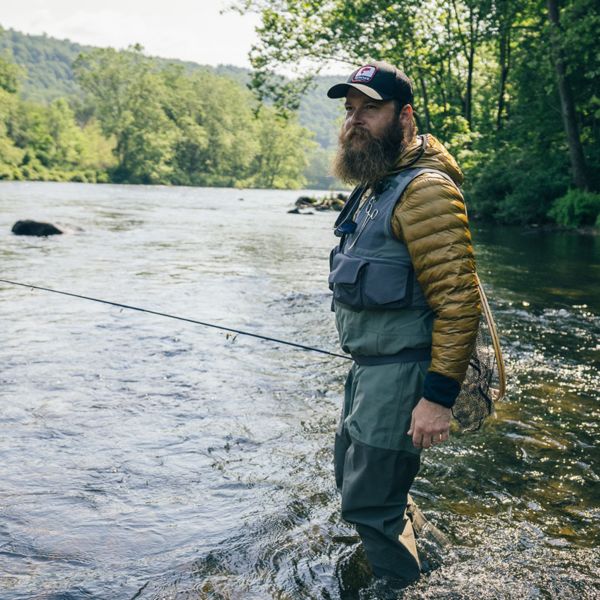Surf fishing
Surf fishing, sometimes called beach fishing, is a great way to fish if you don’t have access to a boat or pier. Here’s what you’ll need.
Best lines for surf fishing
For smaller fish like striped bass, surfperch, and bluefish, look for braided or monofilament lines in the 20- to 30-pound range. If you think you can hook something much bigger, like a tarpon, go for a 50- to 80-pound test line.
Best hooks and lures for surf fishing
When you’re surf fishing, you’ll have to deal with two challenges: strong winds and strong waves. To combat the elements, you’ll need heavier lures that you can cast through the wind to where the fish are. You’ll also need to choose lower-profile lures that won’t quickly get washed to shore.
Spoons and jigs work well for many of the species you’re likely to find in the surf. A weedless spoon can help you attract fish without getting stuck in the plants and seaweed common near shorelines. Combine this lure with a swivel on the end of your line to keep it from tangling if it spins in the water. Reel in consistently and add the occasional twitch on the line. This will improve your likelihood of catching a fish’s eye.
Soft plastic jigs can also be a great choice. They mimic many of the small, fast-moving fish you’ll find in the surf, and they’re great for catching species like redfish. The fronts of these lures are made of a thick plastic while the back ends narrow out to create a swimming action. Some fish will try to bite off the backs of these lures, so look for durable options.
Combine these lures with a size-2 hook to keep all your options open (a size 2 works for both big and small fish alike).
Kayak Fishing
In an ocean-worthy fishing kayak, you’ll have limited space on deck and in storage wells to pack and fuss with lots of tackle. Opt for a streamlined setup that allows you to work through the water column without toting along a bunch of different lures.
Best lines for kayak fishing
Go for a lighter-weight line (think 20 to 30 pounds). That way you’ll only end up fighting the fish you can handle in your kayak.
Best hooks and lures for kayak fishing
Topwater lures—especially walk-the-dog-style lures—cover the top of the water column well. They can elicit a strong reaction from fish that hunt aggressively, like redfish and trout. Topwater lures are especially good in low-light situations.
To access fish farther down into the water column, try a paddletail lure. These work well in both clear and murky water and in all kinds of weather. With a paddletail, your choice of hook and weights will affect where your hook rests in the water column and how it moves through the water—which in turn impacts the types of fish it attracts. Bring a variety of weighted hooks to maximize the versatility of this lure. Try bringing three to four total, including a 1/16, 1/8, and a 3/16 ounce.
Offshore Fishing
Looking for the ultimate adventure? Consider reaching out to a friend with a boat (or chartering one yourself) for some fishing deeper waters farther off the coast.
Best lines for offshore fishing
For getting big fish like red snapper or grouper off the bottom of the ocean, you’ll need a strong rod and a monofilament line in the 50- to 80-pound range.
If you’d rather troll than work the bottom, get a line in the range of 20 to 40 pounds and be prepared for sharp teeth: Most folks will go for a monofilament line or a wire leader for maximum durability.
Best lures and hooks for offshore fishing
For bigger fish, you’ll want a heavy bottom jig in the 3- to 8-ounce range. Bright colors like yellow and pink will attract the attention of the fish as you work this lure in or around reefs. For trolling, opt for a metal spoon; flashing is more likely to attract mackerel and bluefish.
These lures work well for fish deeper in the water column. But if you see bait jumping and active near the surface, swap them for a surface popper with a through-wire construction (i.e., the hooks are attached to an internal wire rather than the body of the lure). This structure, combined with size-2 hooks, will help your tackle withstand the aggressive strikes of big fish like tuna and cobia.
No matter where you cast—or how many bites you get—make sure you take the time to look around, breathe in the salt air, and enjoy the process. Good luck and happy fishing.




